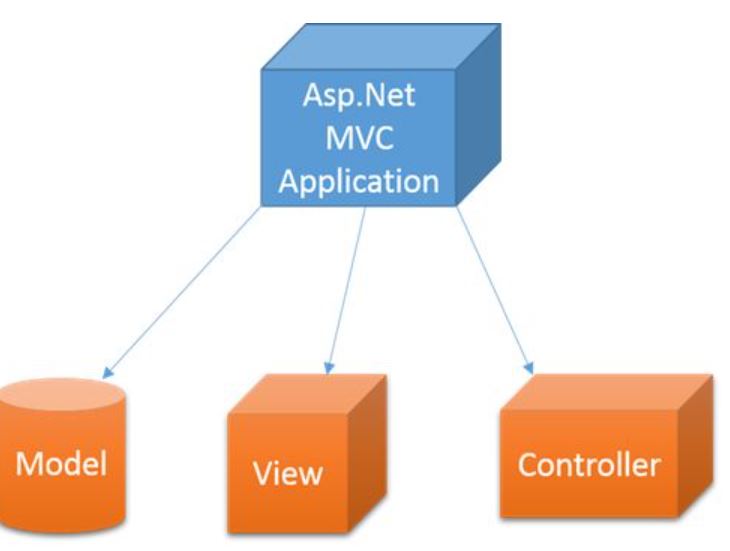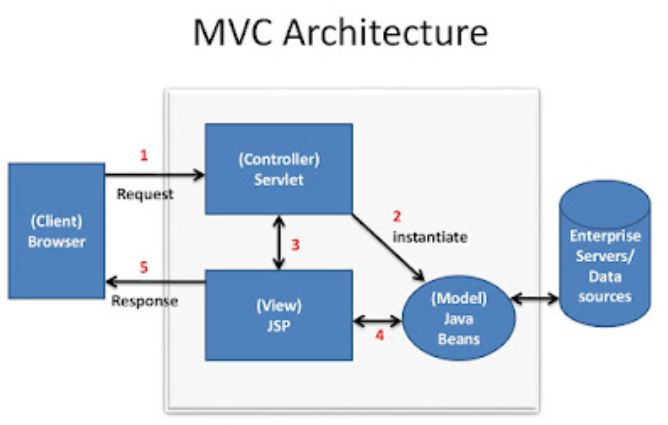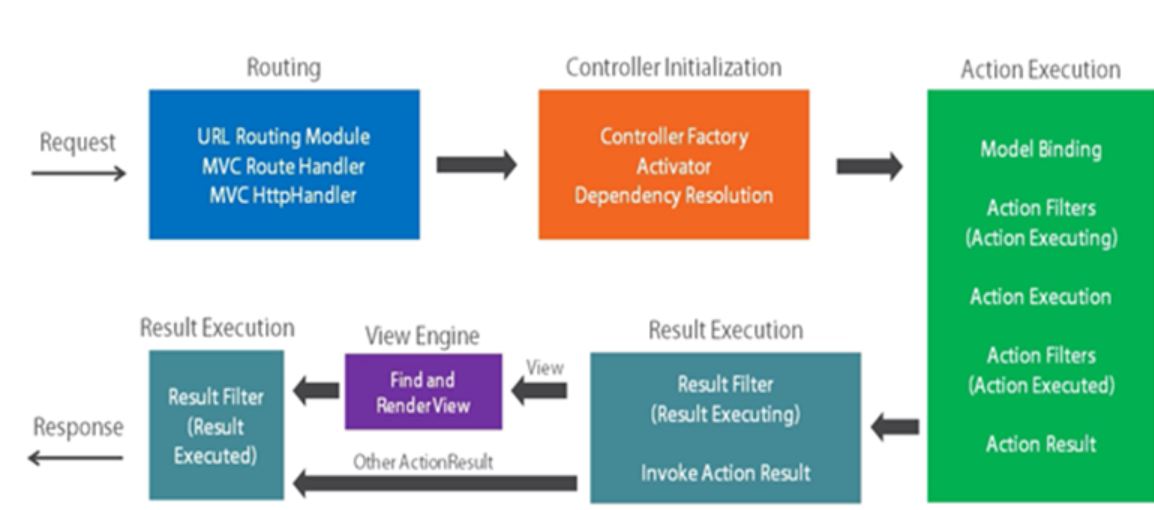`
MVC-Introduction
MVC stands for Model-View-Controller, a design pattern commonly used in software engineering, especially for developing user interfaces in web applications, to separate concerns and organize code into three interconnected components.
Here is a quick breakdown of each component.

Key Flow
- User interacts with View (Input) ➔ Controller processes input ➔ Controller updates Model ➔ Model updates data ➔ View refreshes and displays updated information.

-
Model
- Represents the data and business logic of the application.
- It directly manages the data, logic, and rules of the application.
- The model retrieves data from the database, processes it, and
returns it to the view or controller.
-
View
- Represents the user interface (UI).
- It displays the data to the user and provides feedback.
- The view is responsible for rendering the UI based on the data
provided by the model.
-
Controller
- Acts as an intermediary between the Model and the View.
- It handles user input (such as mouse clicks or keyboard inputs), processes it, and updates the model or view accordingly.
- The controller interprets the user's input and makes decisions about what data to display or how to update the model.
Advantages of an MVC-Based Web Application
The ASP.NET MVC framework offers the following advantages.
- Separation of Concerns - Clear distinction between data, UI, and logic.
- Maintainability - Easier to manage and update components independently.
- Reusability - Components like the Model can be reused in different contexts.
- Testability - Facilitates unit testing and debugging.
- Parallel Development - Multiple developers can work on different parts of the app simultaneously.
- Scalability - Easier to extend and scale the application.
- Flexibility - Easily add or modify features with minimal impact on other parts of the app.
MVC Life Cycle
The MVC (Model-View-Controller) Lifecycle describes the sequence of events in an ASP.NET MVC application, starting from receiving a user request to sending a response back to the client.

Here’s a step-by-step breakdown of the MVC lifecycle.
- Request - User sends a request. It prepares the request
context, which includes details like:
- Request type (GET, POST, etc.).
- URL data (route information).
- Headers and query strings.
- Form data (if applicable).
- Routing - URL mapped to a controller and action. The
RouteConfig (in RouteConfig.cs) defines URL patterns, such as:
routes.MapRoute( name: "Default", url: "{controller}/{action}/{id}", defaults: new { controller = "Home", action = "Index", id = UrlParameter.Optional } ); - Controller Initialization - Controller object is
created.
Example- If controller = "Home", the HomeController is initialized
- Action Execution - Action method is invoked.
Examplepublic ActionResult SaveUser(User model) - Result Execution - ActionResult determines what to
return.
Common ActionResult types include:- ViewResult: Renders a view (HTML).
- JsonResult: Returns JSON data.
- RedirectResult: Redirects to another URL.
- FileResult: Returns a file for download.
- View Engine - Generates HTML (if applicable). If the ActionResult is a ViewResult, the View Engine (e.g., Razor) is responsible for generating the final HTML.
- Response: Final result is sent back to the client. The final output (HTML, JSON, file, etc.) is sent back to the client (browser).
Next
